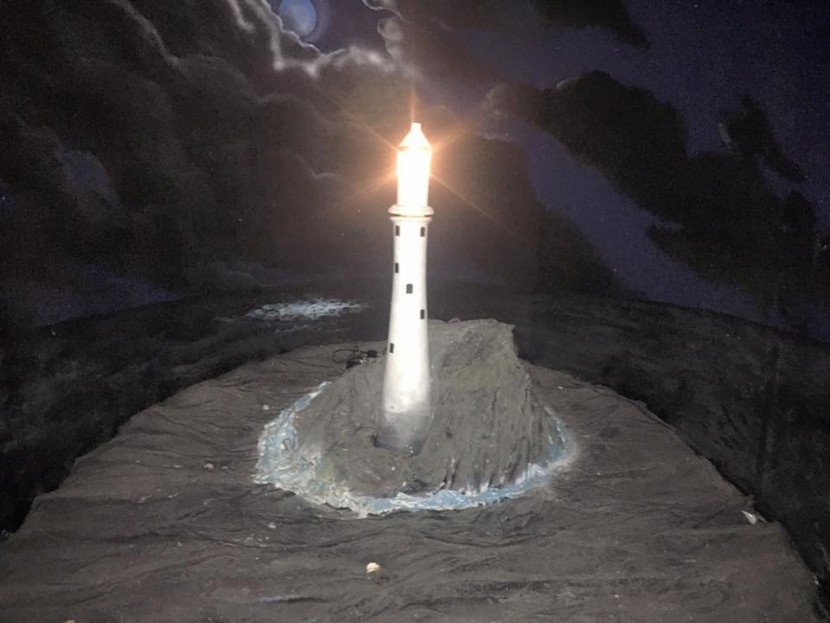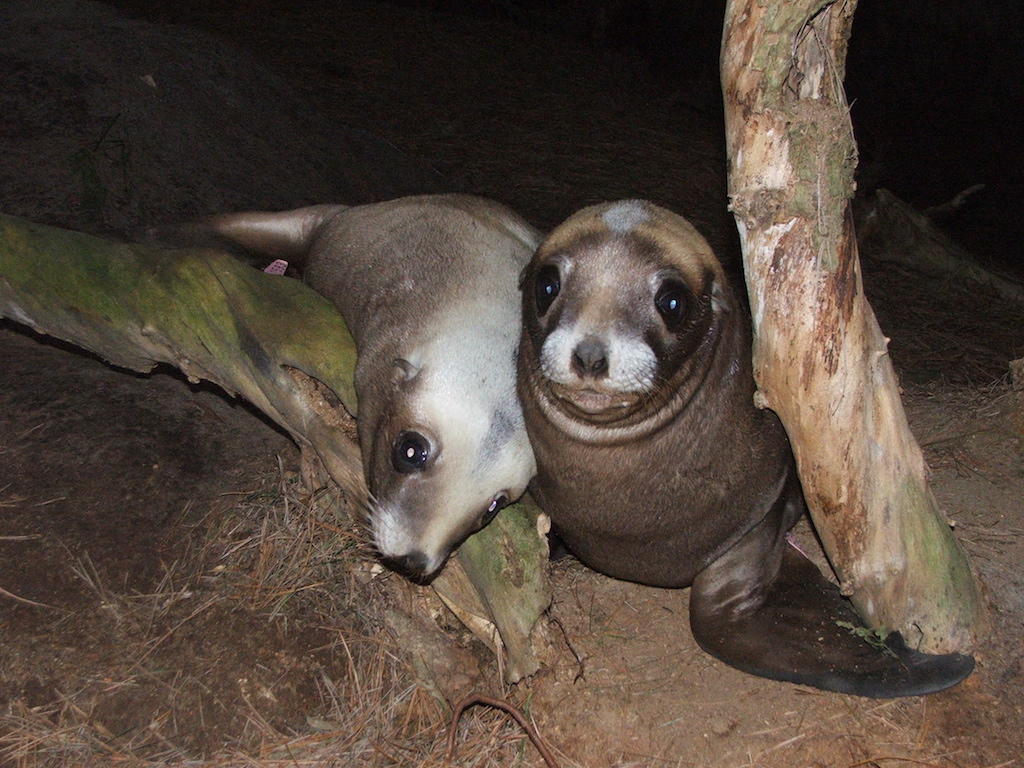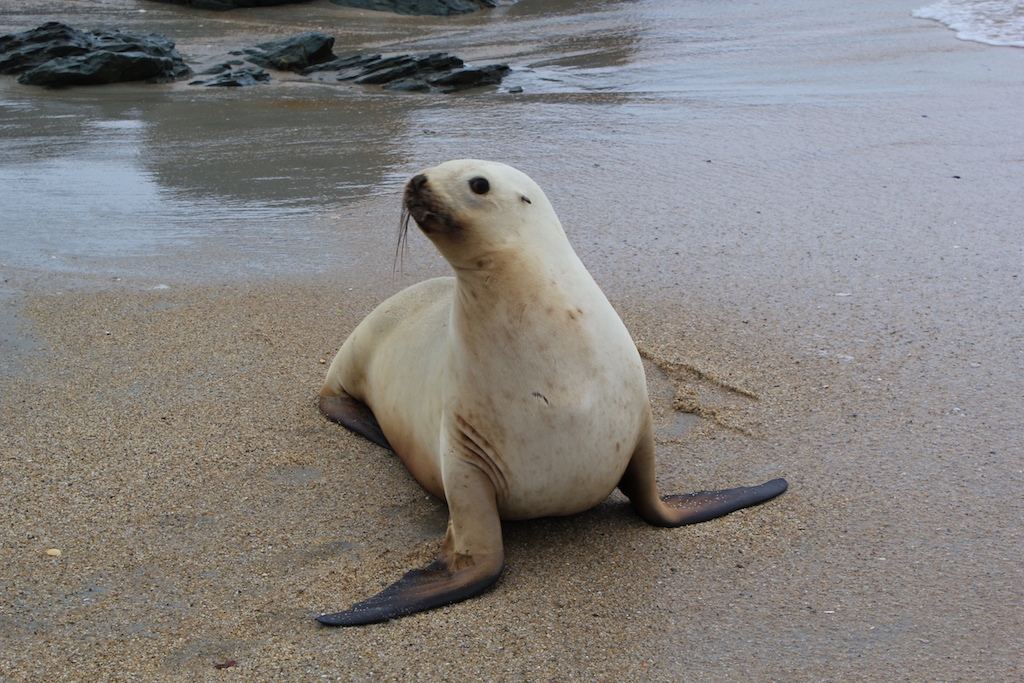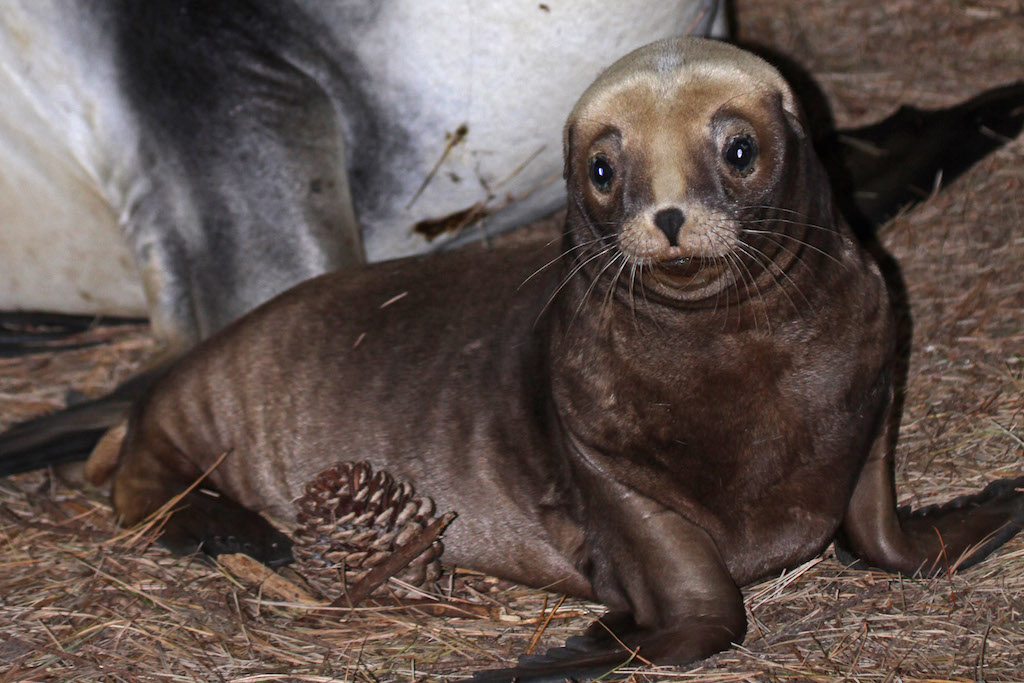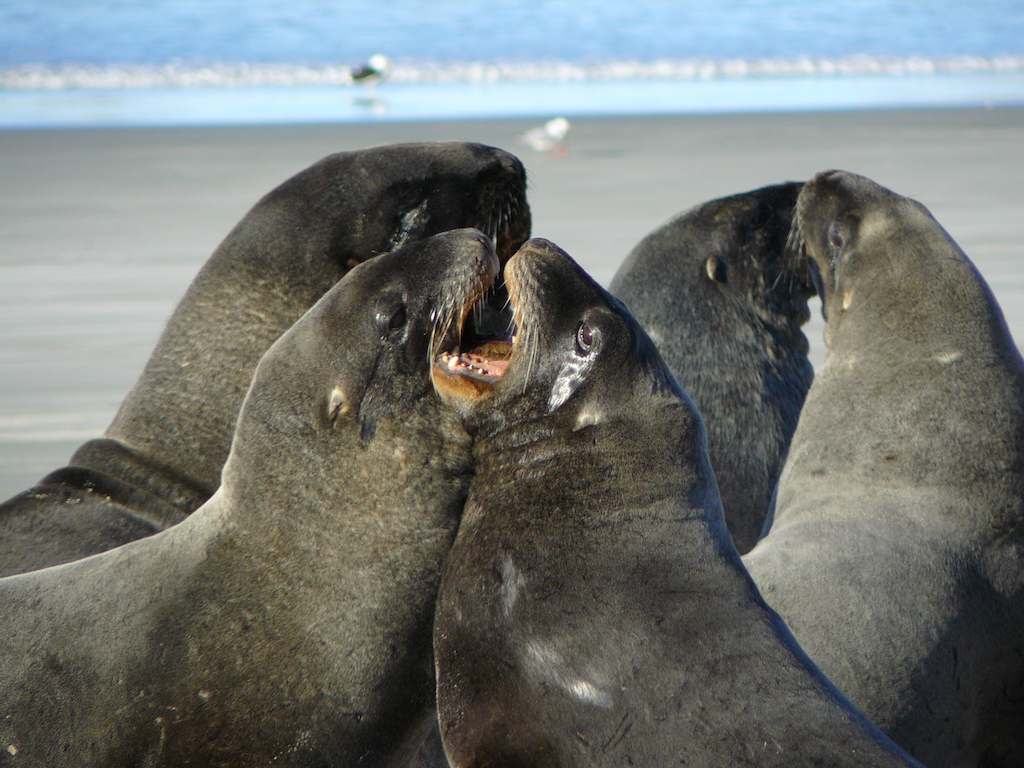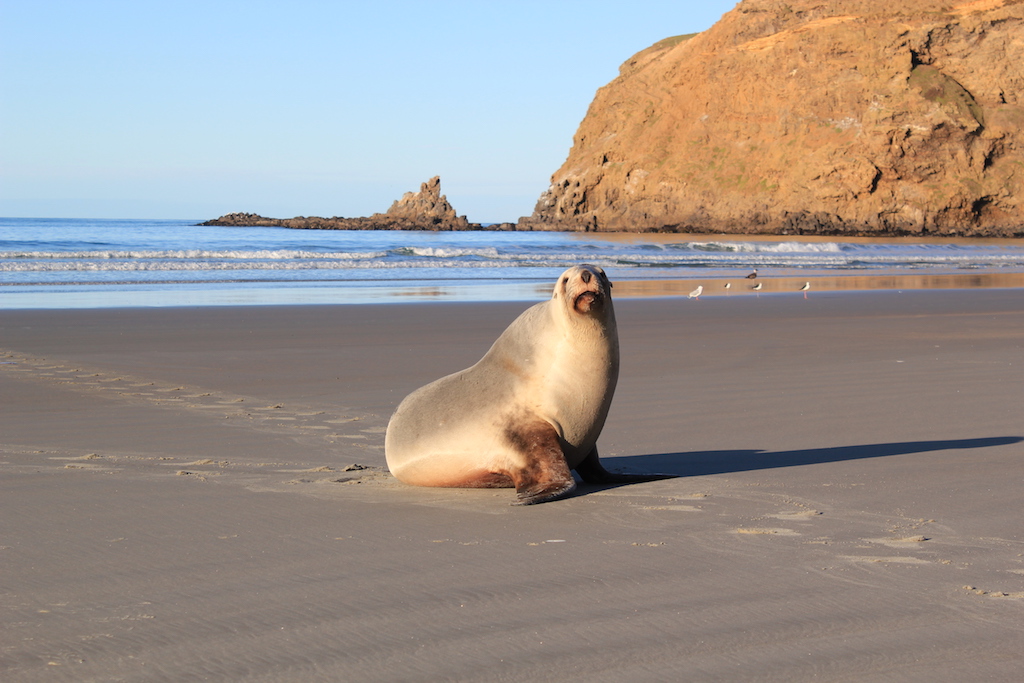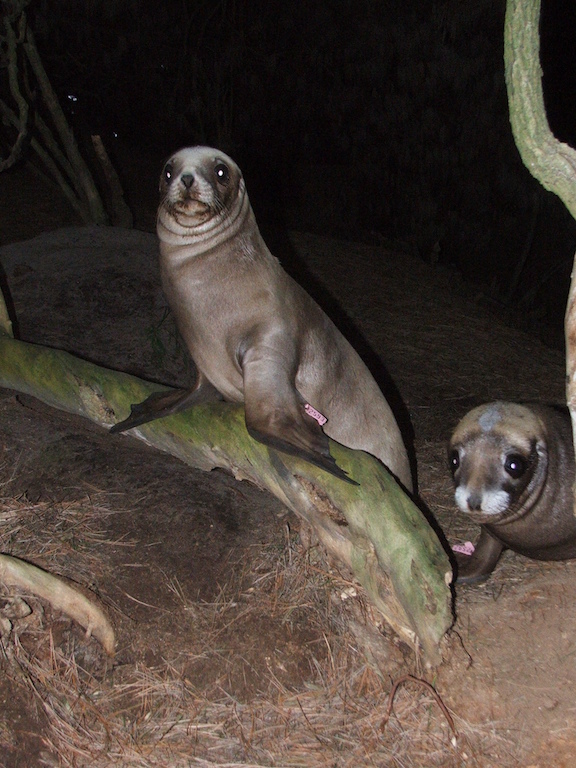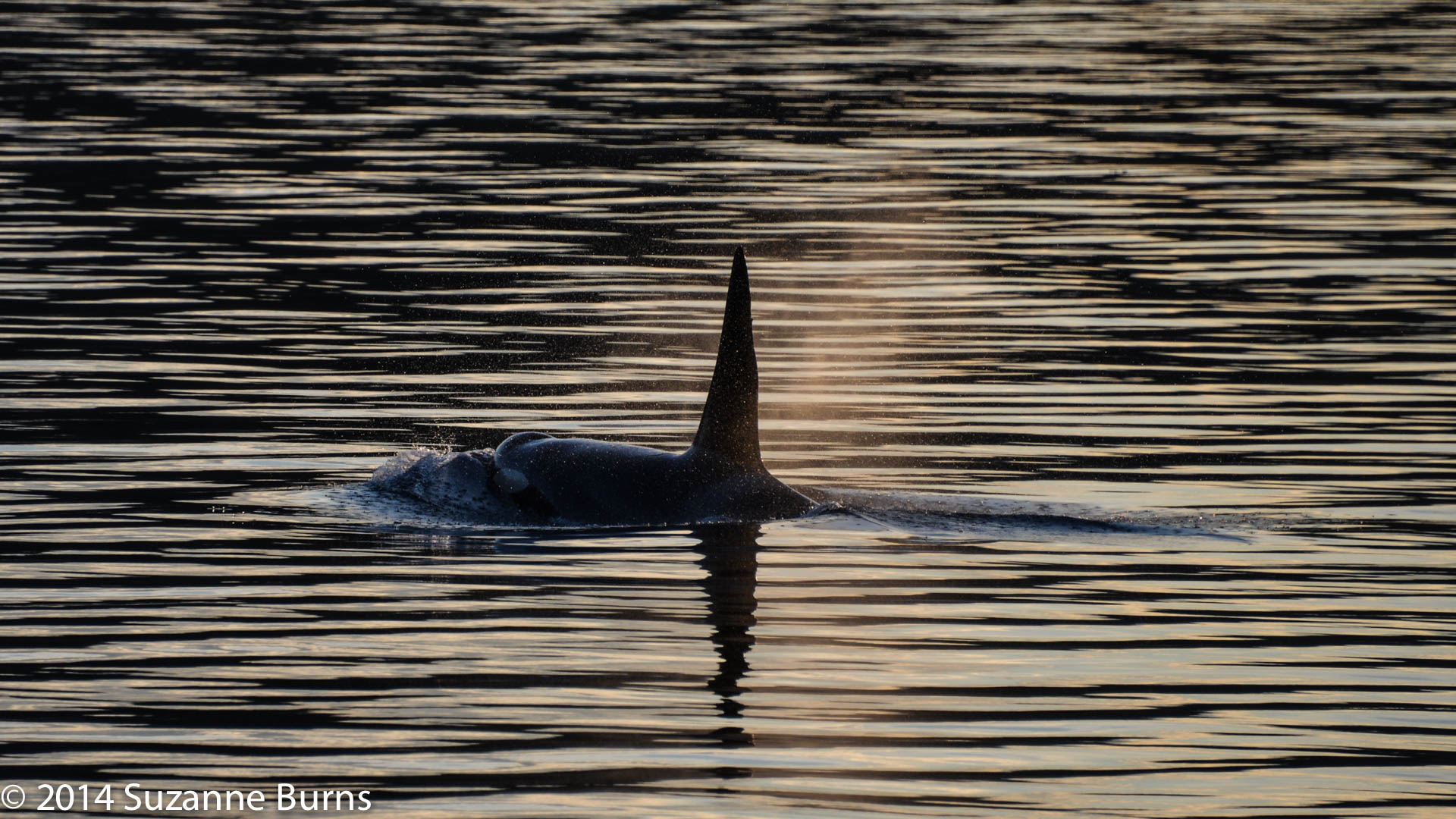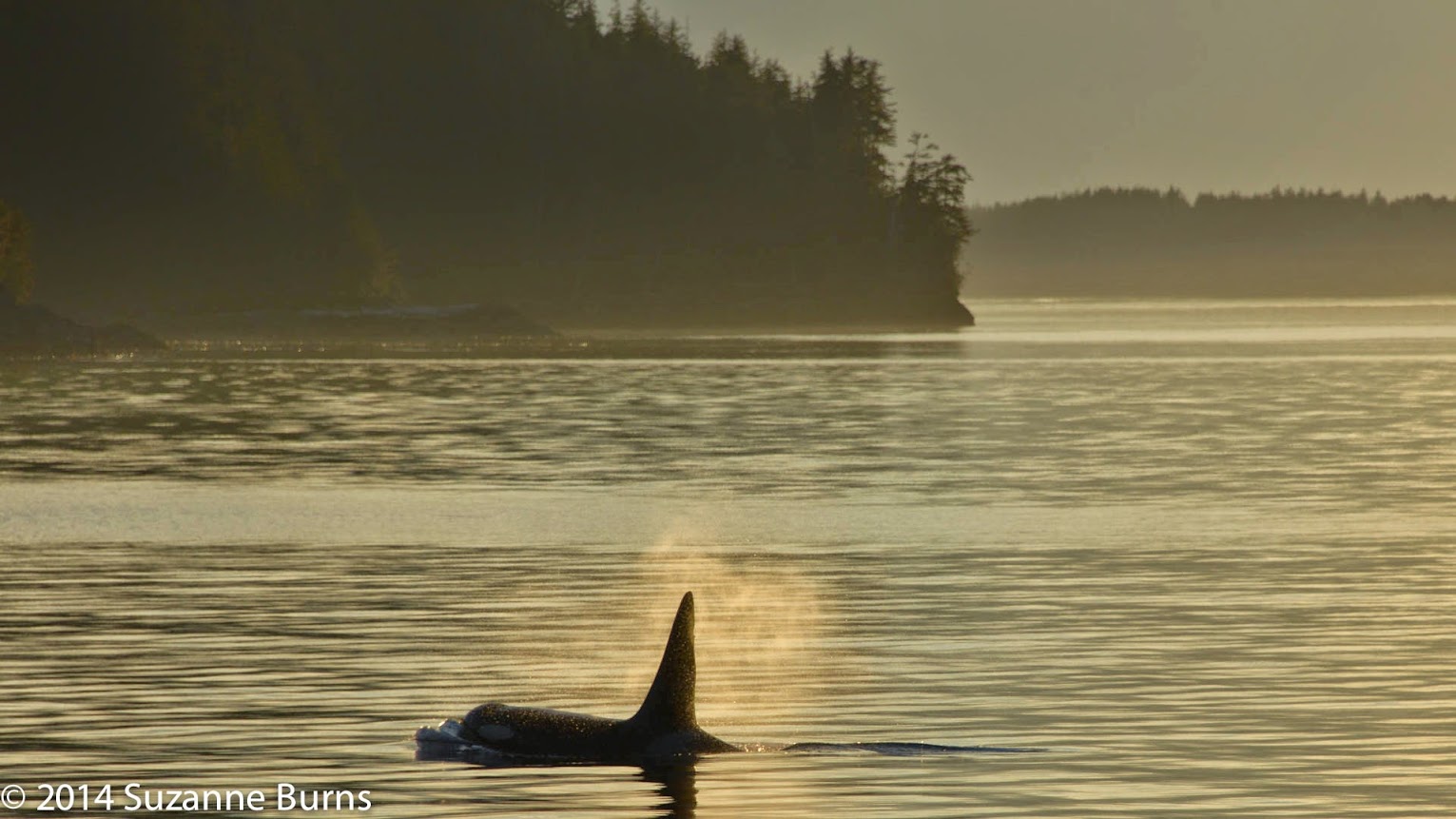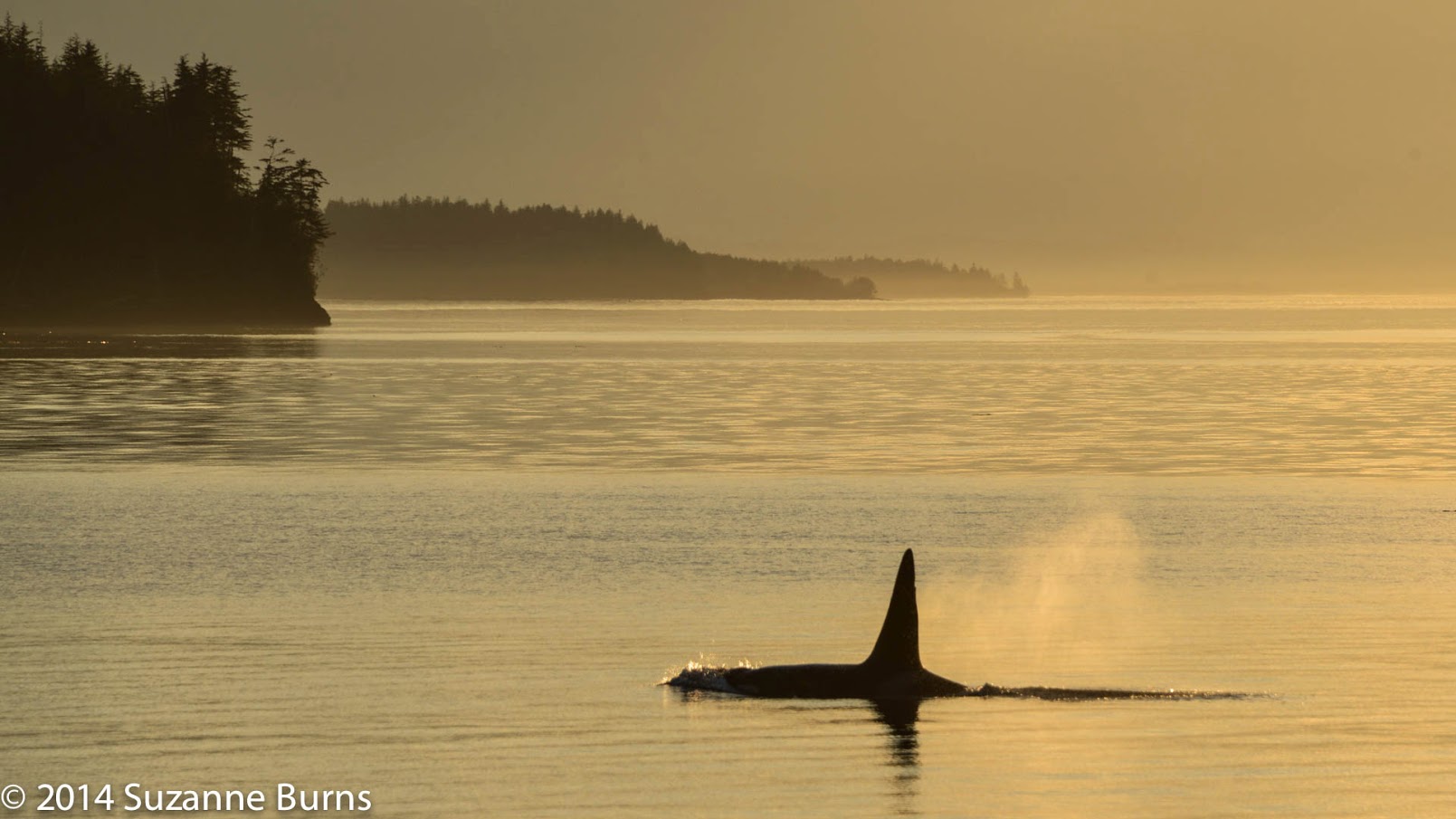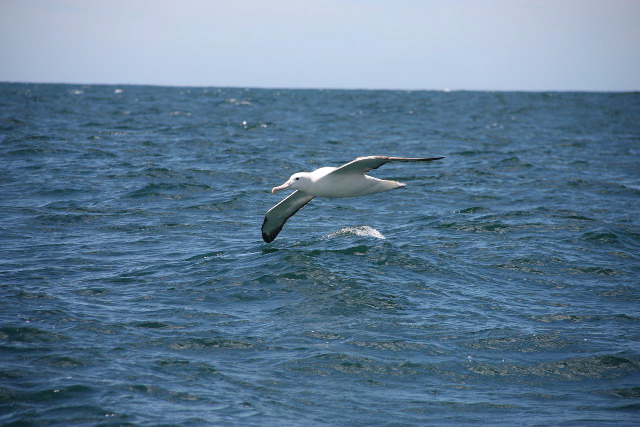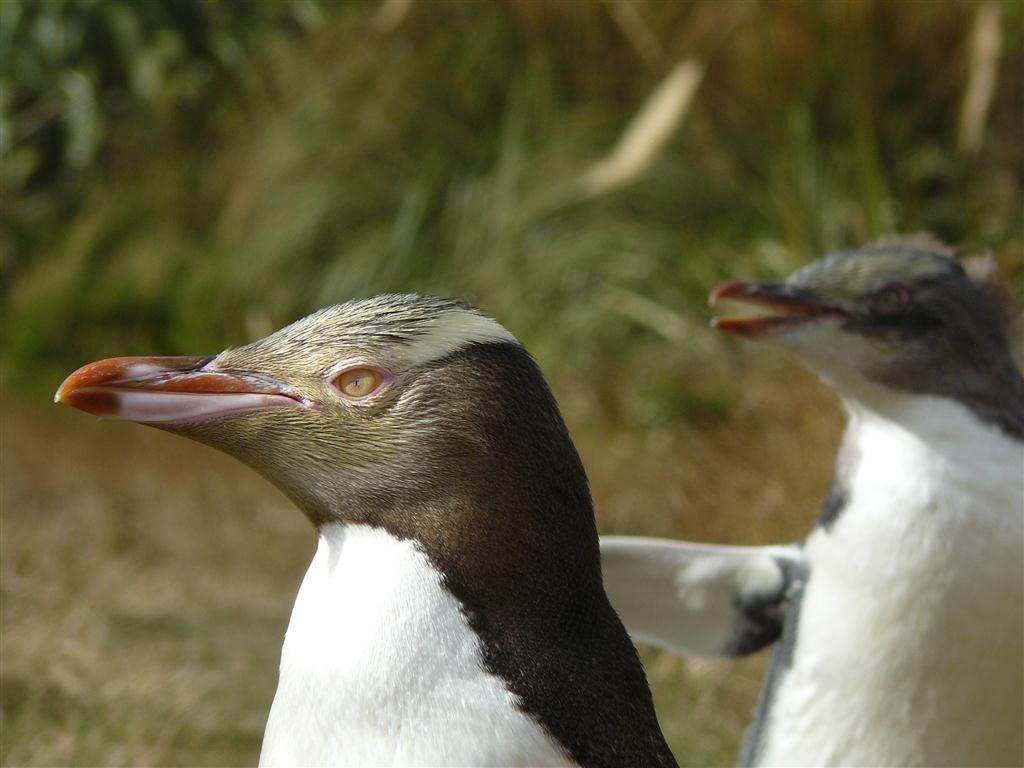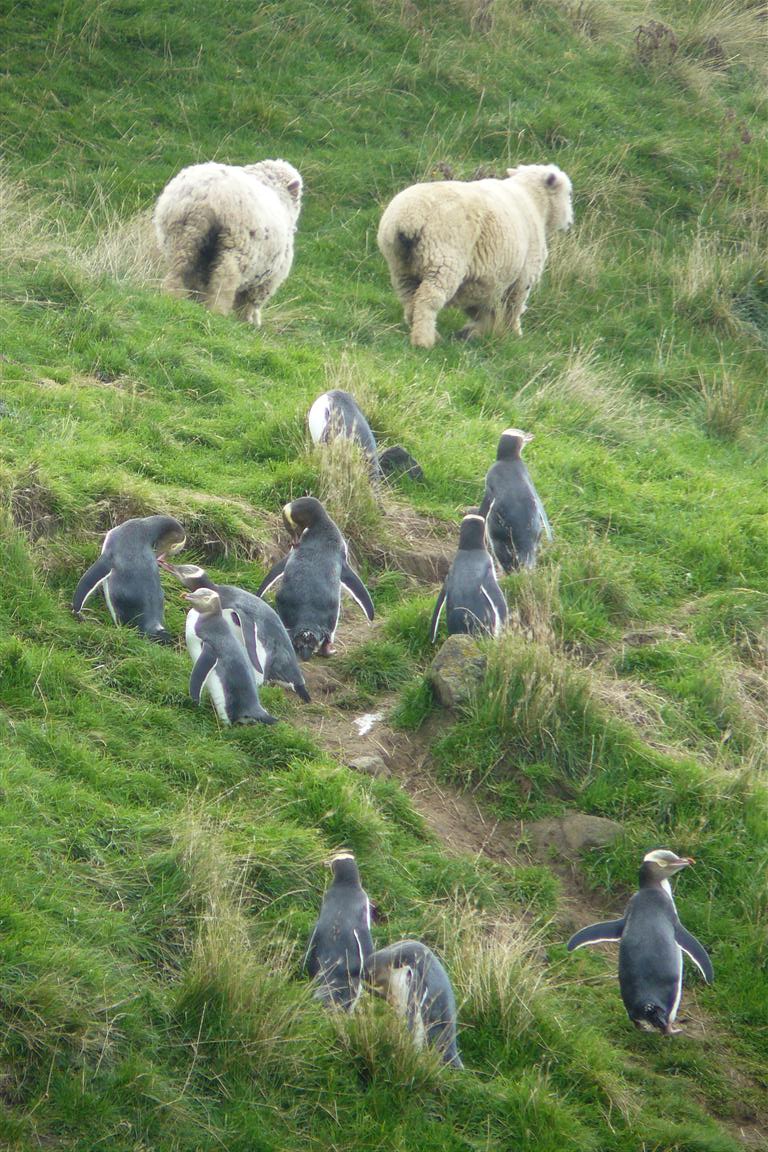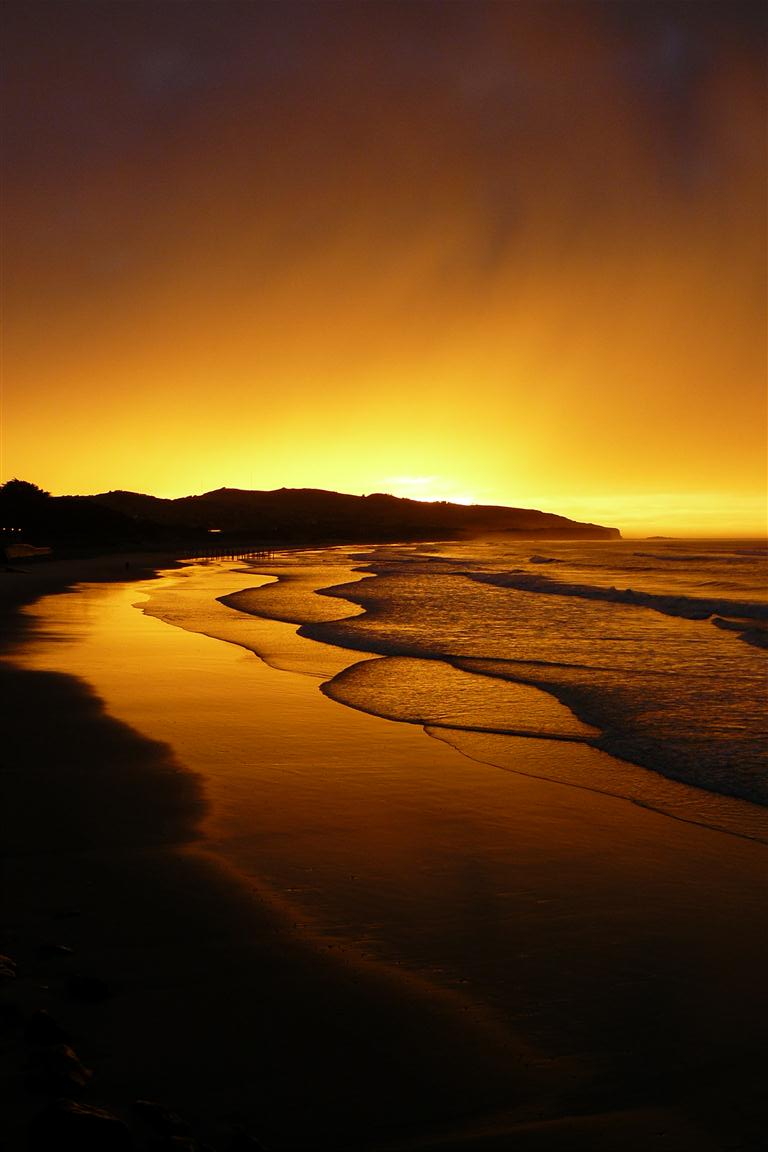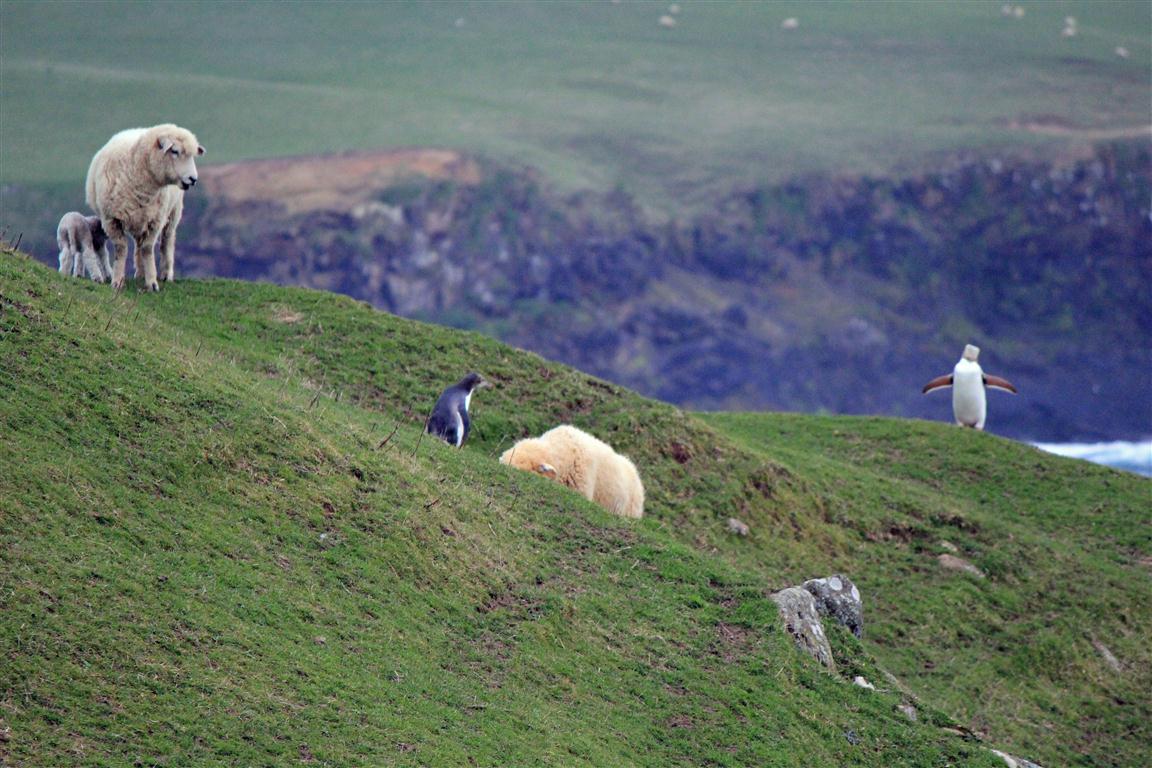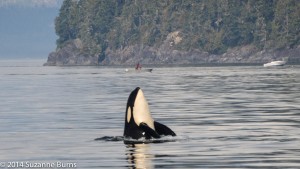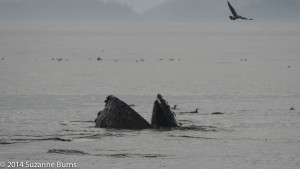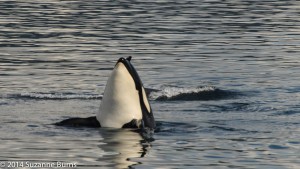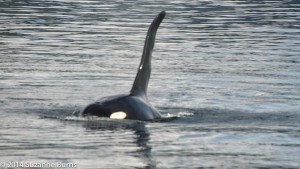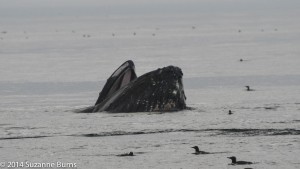Mizen Head and Barleycove

Our Sunday trip was filled with sun, jaw dropping scenery, epic coastline and some ridiculously cute donkeys to boot! Mizen Head and Barleycove are two spectacular locations down in the most Southerly parts of Ireland. The waters here team with life and in the summer particularly it is not unusual to see whales, basking sharks, seals and a plethora of birds with regularity.
Mizen Head is drenched in history and has played a significant role in the culture, development and pride of the local community.

The Teardrop of Ireland
In 1847 an American liner, the SS Stephen Whitney sank off Crookhaven with the loss of 92 lives. The Irish Lights Board decided to build a lighthouse on Fastnet Rock as the Cape Clear island lighthouse was too far inland. This was the first landfall after America and was called the ‘Teardrop of Ireland’ as it was the last place that Irish emigrants saw when they left Ireland. The first lighthouse was built in 1854 and lasted till 1891 but had to be replaced as it was made of iron and was unable to withstand the merciless fury of the Atlantic ocean.
It was rebuilt in 1899 using Cornish granite and was completed in 1903. Each block of granite weighed 3 tonnes and were interlocked for maximum strength and protection.

Six men kept watch at Fastnet Rock, four at a time and two on leave. Reliefs were twice a month when the men were taken off duty. Each man worked 4 weeks on, 2 weeks off. One man had to stay on watch during the day to look out for fog and signal passing ships. As soon as fog was seen, another man was called up to work the fog signal.
When there were so many men at the tower they slept three to a bunk. They were all turned out at 5am and were made to wash themselves thoroughly, turning out all their bedding to air and washing down the barracks. This way the men stayed healthy.

Mizen Head History
In 1906 the Board of Trade along with the Irish Lights Board decided to build a fog signal station on Cloghane Island, Mizen Head. In 1909 the fog signal was established and in bad visual conditions the keepers manually set off a charge of explosives at 3 minute intervals. The arched bridge was built between 1908-1910 to connect the island to the mainland. The design was picked from a competition that was run to create the best bridge. The bridge is 172 feet (54 m) across by 150 feet (50 m) above sea level.
In 1931 a wireless beacon was installed at Mizen Head and in 1959 a light was placed on the rocks at the end of the head at a height of 180 feet (60m) with a range of 13 miles in clear weather. The fog signal was discontinued in the 1970’s when sonar and satellite navigation (GPS) took over. Mizen Head Signal Station has participated in the whole history of radio communication.

The local village of Crookhaven was the first and last port of call for ships going between Northern European ports and America. The ships stocked up on fuel and provisions before tackling the Atlantic ocean. A flurry of small boats would meet the arriving ships, swarming around them to get business. Lots of these boats came from the UK and were commisioned by Reuters and Lloyds agents.
Reuters and Lloyds agents had flag signalling and semaphore equipment up on the nearby headland of Brow Head to communicate with passing ships. At the end of the 19th century there were so many boats in the harbour that you could walk across the decks from one side of the bay to the other. Up to 700 people lived and worked in the village during this period. Currently there are only 29 permanent residents living in Crookhaven.

How Marconi came to Crookhaven
In 1896 the famous Italian inventor, Guglielmo Marconi went to England to file the worlds first patent for a telegraphy system using Hertzian waves. In 1899 he acquired a premises in Essex and established communication across the English channel. He was desperate to get a signal across the Atlantic and searched for a suitable for his masts. After much research he found the village of Crookhaven. In 1902 he established a telegraphic station here using a coherer receiver. He brought wireless operators from England with him.
Marconi worked with the Irish Lights Board in 1904 to put telegraphic equipment aerials on Fastnet Rock. The station was then moved to Brow Head as there had been a long established tradition of using signal equipment and Brow Head is also the most Southerly tip of Ireland. The telegraphic messages were sent from Fastnet by signalling and then relayed to Brow Head by wireless telegraphy and relayed onto UK and Northern European boat owners and companies.

Initially a few ships started to use telegraphy equipment on board. The signal stations might be in touch with one ship at a time but by 1904 the telegraphers were in touch with at least six. In Crookhaven there were 6 operators initially working in the village. After they were relocated to Brow Head they had to make the lonely trudge up to the exposed headland. They worked on 3 watches: Midnight-8am, 8am-4pm, 4pm-midnight. There always be two operators on each shift.
A shift broke its shaft 80m from Crookhaven in 1904. Fitted with Marconi equipment, hundreds of messages streamed back and forth to her as passengers contacted families and friends. Assistance was sent for immediately and she was back on course without any mishap. Marconi’s invention had thus taken much of the fear out of the sea.

After Marconi had achieved transatlantic messaging and more shipping fleets were equipped with his technology, it was unnecessary to be close to shipping and man a station so the station was closed at Brow Head. Crookhaven reverted to a quiet fishing port.
The End of an Era
The signal station at Mizen Head was automated in 1993. The same year with a lease from the Irish Lights Board and with funding from the rural development LEADER programme, the local community of Goleen decided to reopen Mizen Head as a tourist attraction. Murphys, West Cork Bottling, Cork County Council and Ford helped match the funding to open the centre to the public. This attraction is now internationally renowned and has hosted over a million visitors!

Barleycove
The dreamy, beautiful Barleycove beach was formed under auspicious circumstances. The sand dunes there were thrown up by a tidal wave that swept through Europe after an earthquake in Lisbon in 1755. Today the dunes are now partially eroded but the beach and surrounds are designated as a Special Area of Conservation. It is host to a diverse range of habitats and wildlife that preside in and around the sand dunes.

